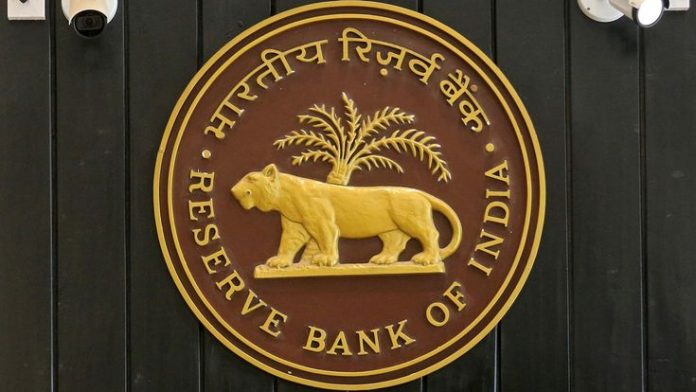Comprehending the RBI Act, 1934
The RBI Act, 1934 is the foundational law that gave birth to India’s central bank. It not only created the RBI but clearly outlines its responsibilities—including the formulation and implementation of monetary policy. This Act is not just a dusty legal document; it’s the framework that empowers the RBI to manage inflation, regulate liquidity, and ensure the economic wheels keep turning. 🛠️ 3.
RBI’s role in Monetary Policy
Monetary policy is essentially about managing money—how much of it flows through the economy, how easy it is to borrow, and how affordable things are. The RBI’s role here is to regulate the supply of money and credit to achieve specific goals: stable prices, controlled inflation, and economic growth. It acts like a thermostat, adjusting conditions to keep the economy from overheating or freezing up.
Steering the Economy
The MPC’s crucial tool is setting the policy repo rate. This is the interest rate at which commercial banks borrow money from the RBI, and it significantly influences how much you pay for loans and how much you earn on savings. If prices are rising too quickly (inflation), the MPC might raise this rate to make borrowing more expensive, which slows down spending and helps cool the economy. Conversely, if economic growth is sluggish, they might lower the rate to encourage borrowing and investment. The RBI Act empowers the RBI to utilize various other instruments, such as managing the amount of cash banks must hold (the Cash Reserve Ratio) or buying and selling government securities (Open Market Operations), all to fine-tune the money supply.
Objectives of RBI
The RBI doesn’t act on a whim. Its goals are threefold:
Price stability – keeping inflation in check
Economic growth – supporting industry and employment
Financial liquidity – ensuring there’s enough cash in the system without flooding it
Balancing these goals is like walking a tightrope. Push too hard in one direction, and the economy might topple over.
How the RBI Balances Affectation vs. Growth
One of the toughest calls for the RBI is choosing between bridling affectation and boosting growth. If inflation rises too fast, people’s purchasing power drops. But if the RBI tightens policy too much, borrowing becomes expensive, and growth suffers. It’s a constant push-and-pull, and decisions often involve real trade-offs—like choosing between cheaper loans for businesses or affordable vegetables for households.
Real World Impact: How Policy Rates Affect You and Me
You may not track repo rates, but you definitely feel them. A hike in repo rate means your EMIs go up, credit card debt gets heavier, and car loans get costlier. On the flip side, a rate cut might help you buy your dream home. For businesses, borrowing costs dictate whether they expand or hold back. That’s why RBI decisions make news—they hit where it matters: your wallet.
Crisis Management: RBI’s Role in Economic Slowdowns
When economic storms hit—like the 2008 global financial crisis or COVID-19 lockdowns—the RBI doesn’t just watch. It steps in, slashing rates, relaxing lending norms, and pumping money into the system. During the pandemic, the RBI played a critical role in maintaining liquidity, moratoriums on loans, and stimulating recovery. It’s not just a policymaker; it’s a crisis firefighter.
Challenges and Criticism: Is the RBI Truly Independent?
Despite its autonomy, the RBI has often faced tensions with the government—especially when politics demands populist spending, but the RBI prioritizes inflation control. Critics also argue that sometimes the central bank acts too cautiously or too late. While the RBI is legally autonomous, maintaining true operational independence is an ongoing balancing act.
Conclusion: The RBI’s Invisible Hand Guiding the Economy
Most of us never interact directly with the RBI, but we feel its influence every day—whether we’re shopping, saving, borrowing, or investing. Through the RBI Act of 1934, the institution has been entrusted with a role that’s part scientist, part economist, part therapist. Its decisions ripple across the nation, shaping how we live, earn, and spend. So the next time you hear “monetary policy,” know that it’s not just finance-speak—it’s the silent pulse of our economy.
Also Read:
Rights of undertrial prisoners in India
How To Send A Legal Notice In India


